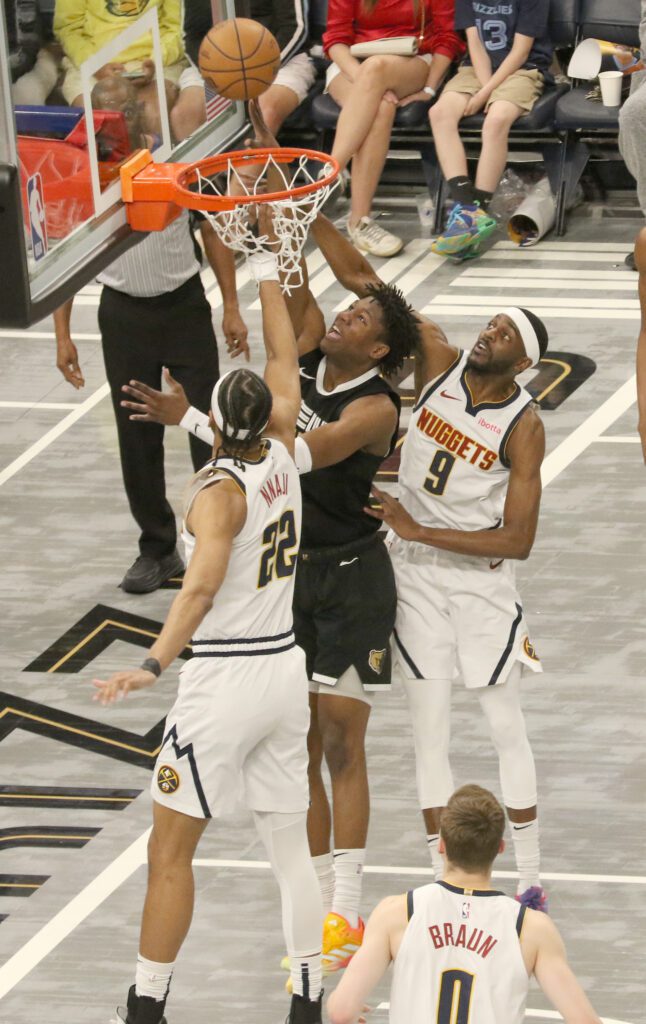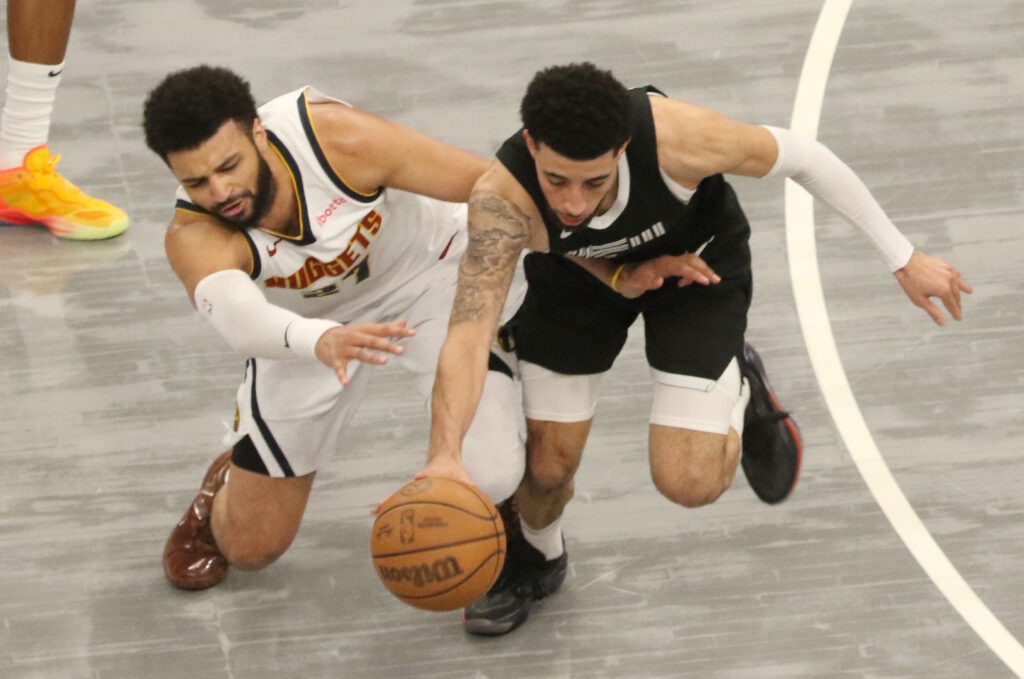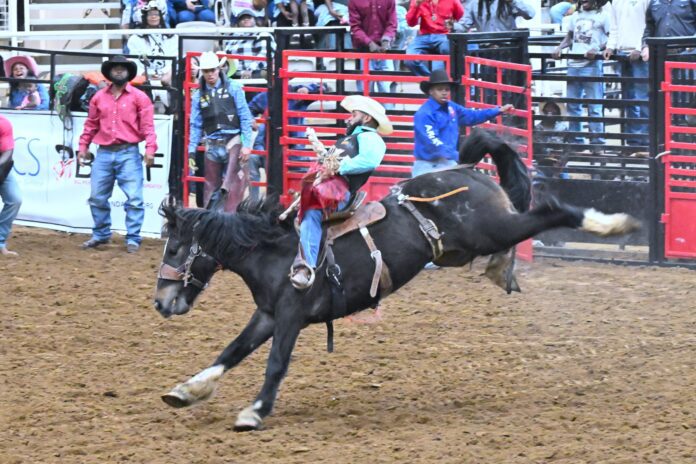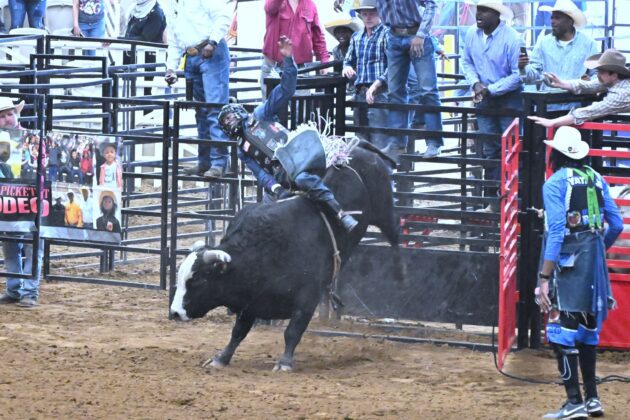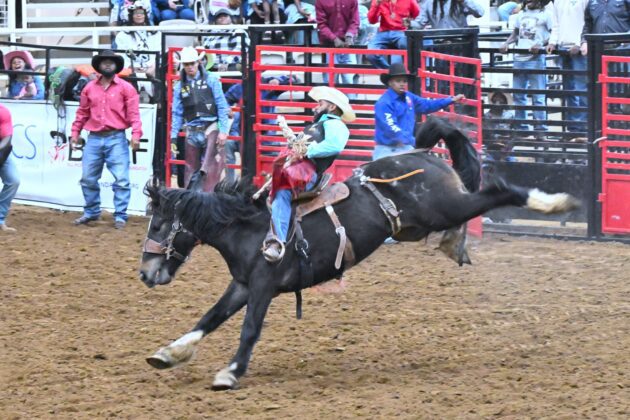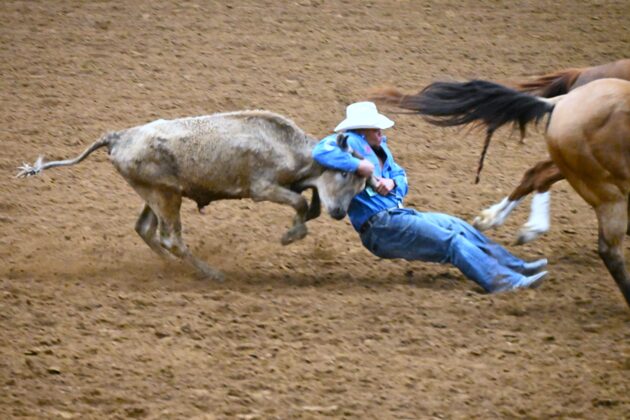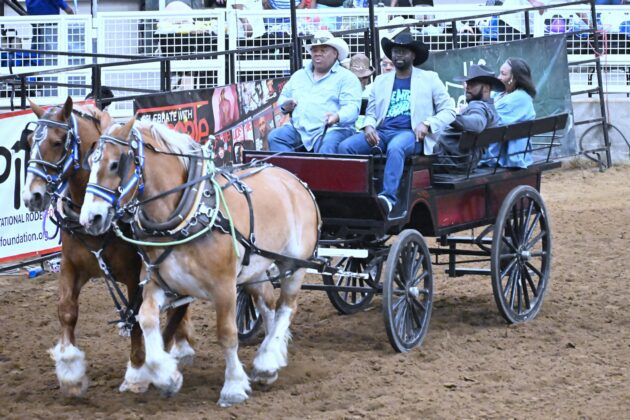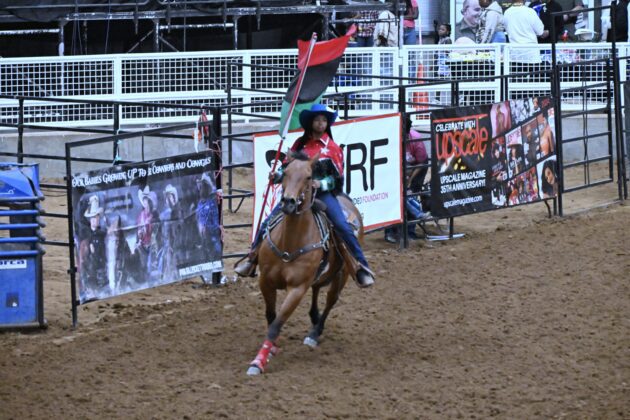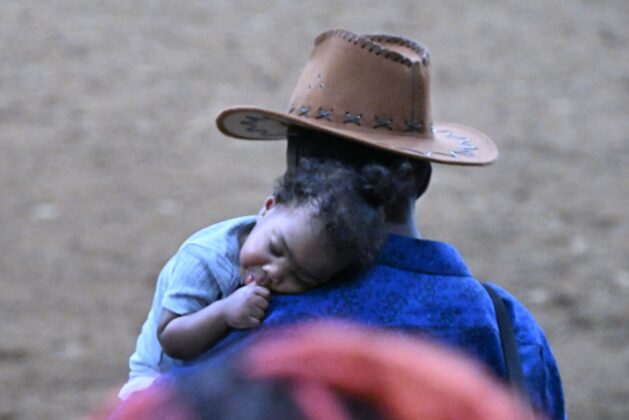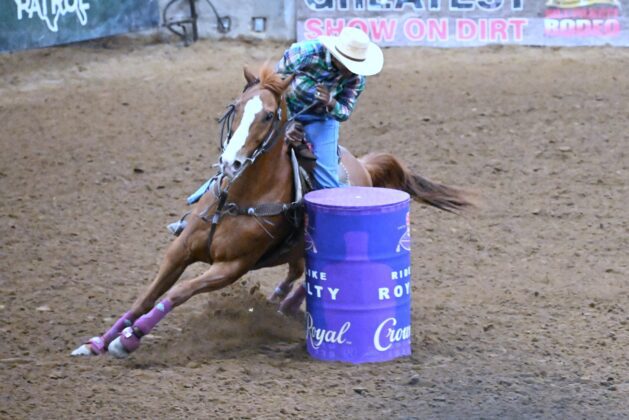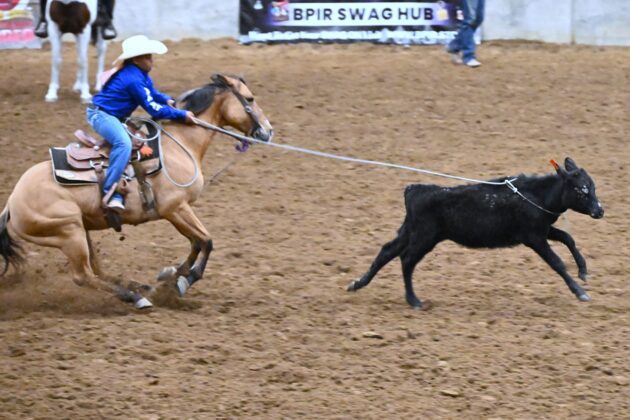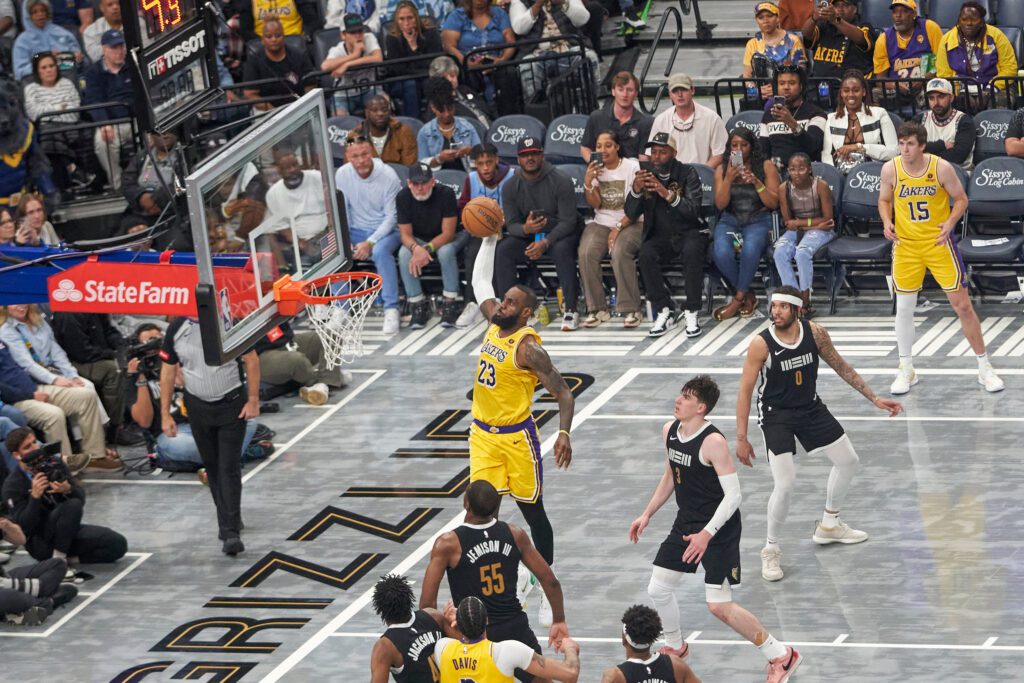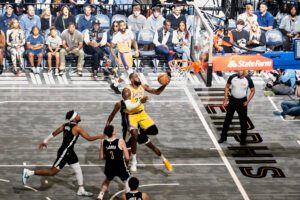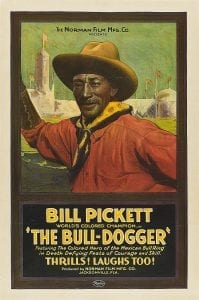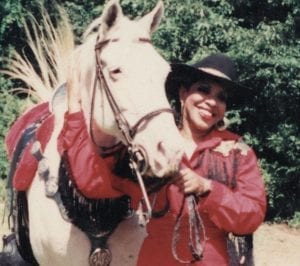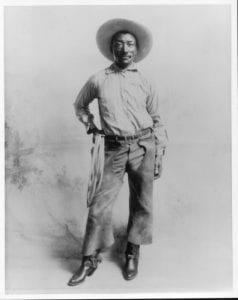When you talk to educators who are on the front lines in our schools, you can’t help but sense the mental anguish they all suffer with on a daily basis, especially in our urban schools. The emotional stress at every level seems overwhelming at times.
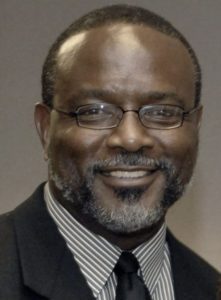
The mental health crisis in our nation’s K -12 schools is a real and troubling phenomenon and has, in many places, reached epidemic proportions, with countless students, teachers, and administrators battling anxiety, depression, trauma, and other psychological challenges that can profoundly impact academic performance, social relationships, and overall well-being.
The severity and scope of this crisis cannot be overstated.
K-12 teachers are increasingly feeling the impact of student mental health issues in their classrooms. As the prevalence of anxiety, depression, trauma, and other mental health challenges among students continues to rise, teachers are often on the front lines of identifying and supporting students in distress.
This surge in mental health challenges is not a new phenomenon but has been exacerbated by the disruptions of the pandemic, the pressures of social media, and an overwhelming focus on academic performance.
Mental health challenges, of course, can significantly affect academic performance. According to the National Center for Education Statistics, students with mental health problems are more likely to have lower grades, higher absenteeism rates, and are at a greater risk of dropping out of school.
In a report from the National Alliance on Mental Illness (NAMI), one in six youth ages 6-17 in the U.S. experience a mental health disorder each year, and suicide has become the second leading cause of death among young people aged 10-34. These statistics underscore the urgent need for schools, communities, and policymakers to prioritize mental health support and intervention as a critical component of K-12 education.
In addition, an estimated 31.9% of adolescents aged 13-18 have an anxiety disorder, while 13.3% have major depressive episodes.
But this surge in mental health challenges isn’t just a statistic, it disrupts classrooms, hinders students’ ability to learn, and potentially leads to tragic outcomes.
I speak with teachers daily, and many of them feel overwhelmed and ill-equipped to handle the complex mental health needs of their students. The emotional labor of supporting students in crisis, coupled with the demands of teaching and the lack of sufficient mental health resources in many schools, can create a challenging and, quite frankly, unsustainable environment for educators.
So, what’s the answer?
There’s no single, easy answer to the complex problem of mental health and its impact on K-12 education. However, to combat this crisis in our nation’s schools, a multi-pronged, proactive approach is crucial.
Proactive mental health support and early intervention ensure that students, staff, and teachers have the resources and support they need to succeed both academically and professionally.
In my research, I found several school systems across the country that have implemented notable initiatives to address mental health issues. One such example is the Baltimore City Public Schools (BCPS) in Maryland. BCPS has taken a proactive and comprehensive approach to support the mental well-being of its students and staff.
For example, BCPS has partnered with local mental health organizations to provide a wide range of services, including family therapy, individual and group counseling, crisis intervention, family therapy, and community-based clinics.
The district has trained its staff in trauma-informed practices to better understand and support students who have experienced adverse childhood experiences and chronic stress.
BCPS has implemented restorative practices as an alternative to traditional disciplinary measures, focusing on building relationships, repairing harm, and creating a positive school climate.
The district has also prioritized the mental health of its staff by offering wellness programs, employee assistance services, and professional development opportunities related to self-care and stress management.
The district actively engages families and community partners in its mental health initiatives, hosting workshops, events, and outreach programs to raise awareness.
While the district’s model is not perfect and continues to face challenges, it serves as a promising example of a school district taking a holistic, systemic approach to address mental health issues in an urban educational setting.
By prioritizing mental wellness in the educational system, we can support students’ academic success, overall well-being, and ability to thrive. Students equipped with coping mechanisms and emotional regulation skills are better prepared to manage their academics and the challenges in their lives.
For our teachers and staff, supporting mental health reduces job-related stress and decreases the risk of leaving the profession, which these days is immensely important.
Prioritizing mental well-being contributes to a greater sense of fulfillment and motivation for educators. When teachers feel well, they are better equipped to create an effective teaching and learning environment for their students.
Given the escalation in mental health challenges among urban students and teachers, we must conclude that mental health is no longer merely a concern in this setting but a critical and transformative dimension of modern education. Schools can no longer focus merely on academics without addressing students’ emotional needs because those needs directly impact learning success.
This necessitates rethinking traditional educational models, investing in mental health resources, and training educators to understand and support mental well-being, not just as an add-on but as a fundamental element for achieving educational goals.




